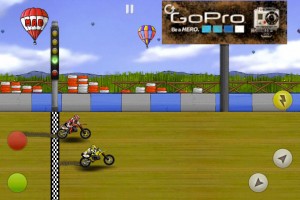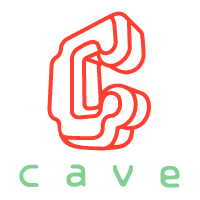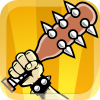 Creative restraint is one of the best things about indie development. Keeping hooks to a minimum allows smaller studios to execute on an idea well, providing us with a fun and cohesive experience. Some hooks, though, just aren't compelling enough to fill up an entire game, no matter the amount of iteration.
Creative restraint is one of the best things about indie development. Keeping hooks to a minimum allows smaller studios to execute on an idea well, providing us with a fun and cohesive experience. Some hooks, though, just aren't compelling enough to fill up an entire game, no matter the amount of iteration.
I feel like this is Berzerk Ball [$.99] in a nutshell. It has a fantastic suite of rewards systems, but it's ultimately a shallow game that offers a lackluster campaign and no meaningful new ideas that bring something to the "press a button to launch something" genre which already has been done to death on the App Store.
But I'm not here to harp on how much Berzerk Ball leaves to be desire conceptually. Instead, I want to turn your attention to its reward systems because I think they're a brilliant spot of design that gives the game longer legs than it should have and kept me playing for hours.
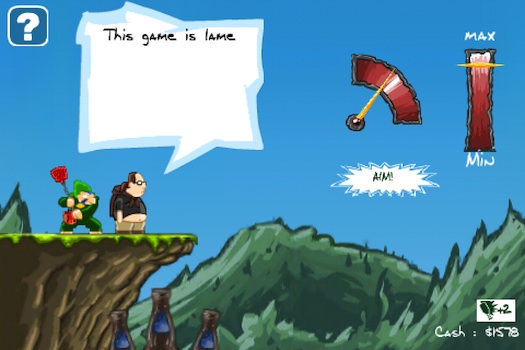
Backing up,�Berzerk Ball is a game about hitting things. The goal is to launch a flesh-and-blood "geek" as far as you can by hitting him with a violent object. It isn't rocket science; you pick an avatar, line up an accuracy and a power meter, and then tap the screen to whack the geek.
The geek then sails through a randomly generated level, perhaps colliding into various bits of the environment that can either stop him cold or propel him even more. Later, you'll get the ability to hit him multiple times after the initial launch, adding even more distance.
 The coolest rewards system is one that actually informs you go about playing: the�RPG leveling mechanic. Each avatar has three core stats that can be bumped up by experience points that you earn from launching the nerd. Slowly, as you play, you'll end up not caring a high score like the game hopes you will. You'll care about the EXP instead.�In part, this is because the effects of a level-up are quick, palpable, and also came at zero risk; you feel the new power and then can immediately harness it to earn even more EXP. Plus, nothing could ever go wrong. These points are yours forever.
The coolest rewards system is one that actually informs you go about playing: the�RPG leveling mechanic. Each avatar has three core stats that can be bumped up by experience points that you earn from launching the nerd. Slowly, as you play, you'll end up not caring a high score like the game hopes you will. You'll care about the EXP instead.�In part, this is because the effects of a level-up are quick, palpable, and also came at zero risk; you feel the new power and then can immediately harness it to earn even more EXP. Plus, nothing could ever go wrong. These points are yours forever.
Think about this in the context of a popular MMO like World of Warcraft. Fans get wrapped up in the social elements and raiding, sure, but for the majority of the humans playing the game, it's about the race to the top, the points. And, really, there's no meaningful repercussions to failure in WOW, either. You lose a few armor points or whatever � no big deal when compared to possibly losing entire levels.
 What I'm saying here is that leveling is a powerful motivator and Berzerk Studio absolutely NAILS this mechanic in its iOS release, adding much more to the overall experience. It's really surprising to me when I think about how much time I've spent in this game despite the fact that I recognize it doesn't have that much to offer. Hats off to these folks for the work.
What I'm saying here is that leveling is a powerful motivator and Berzerk Studio absolutely NAILS this mechanic in its iOS release, adding much more to the overall experience. It's really surprising to me when I think about how much time I've spent in this game despite the fact that I recognize it doesn't have that much to offer. Hats off to these folks for the work.
I'd also like to make a quick mention of the achievements system, which also kind of scooped me up and had me doing stupid stuff in order to earn them. There's been a lot of writing over the years about the effectiveness of achievements, so I'll spare you the high-brow crap, but I will say this: what's employed here will probably keep you hooked.
And look, I'm not the kind of guy that reflects on a game like Berzerk Ball. It's not a particularly thoughtful project. After all, it's premised on bloodying a nerd by drilling him him with shotguns, axes, and the sort. But it managed to grab me in a way that many of its brethren � flash game or not � haven't, so that's pretty cool and noteworthy.
<!-- PHP 5.x -->








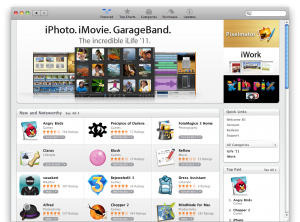

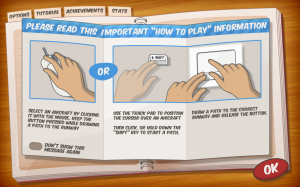
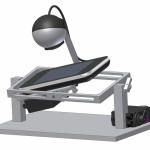
 Creative restraint is one of the best things about indie development. Keeping hooks to a minimum allows smaller studios to execute on an idea well, providing us with a fun and cohesive experience. Some hooks, though, just aren't compelling enough to fill up an entire game, no matter the amount of iteration.
Creative restraint is one of the best things about indie development. Keeping hooks to a minimum allows smaller studios to execute on an idea well, providing us with a fun and cohesive experience. Some hooks, though, just aren't compelling enough to fill up an entire game, no matter the amount of iteration.


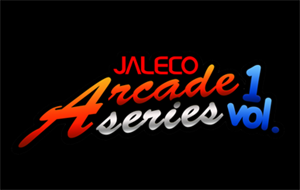 Last month, retro revival studio
Last month, retro revival studio 
